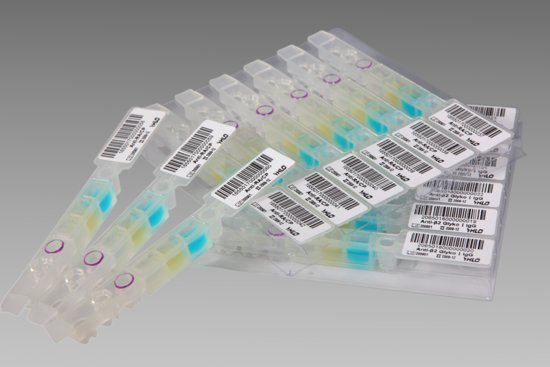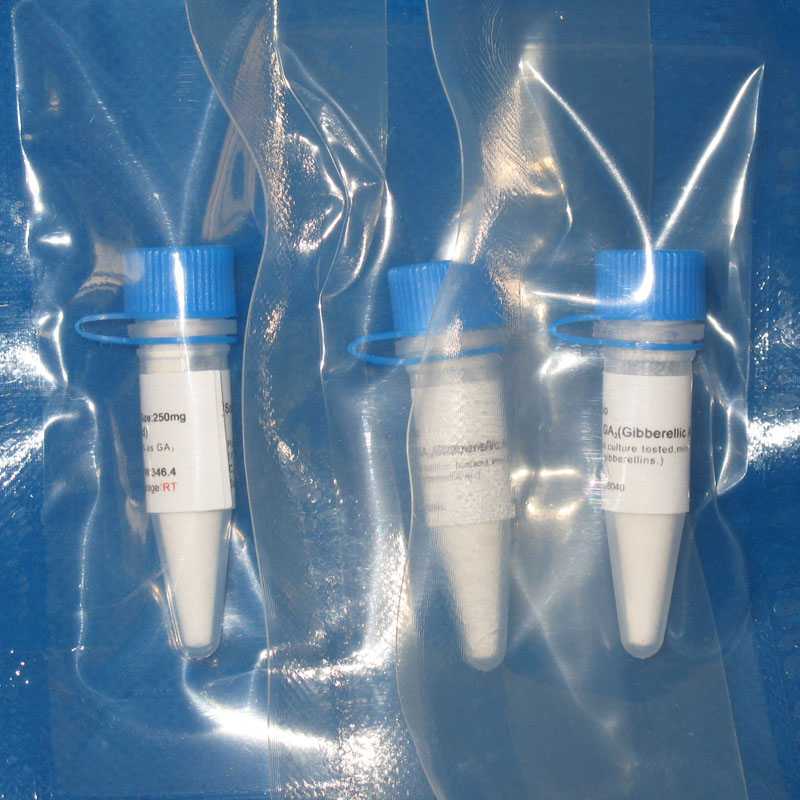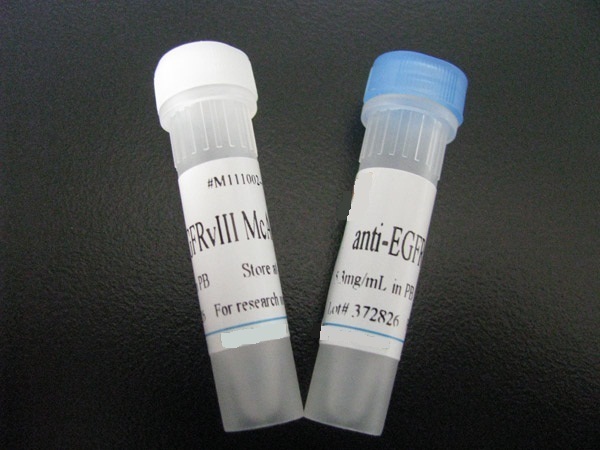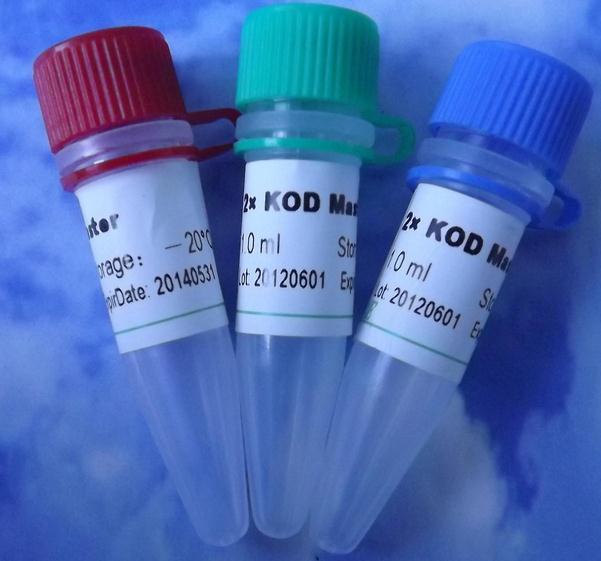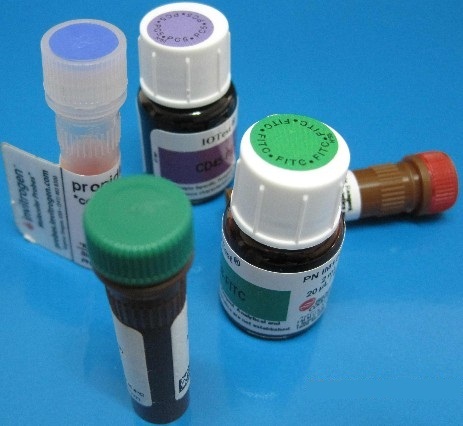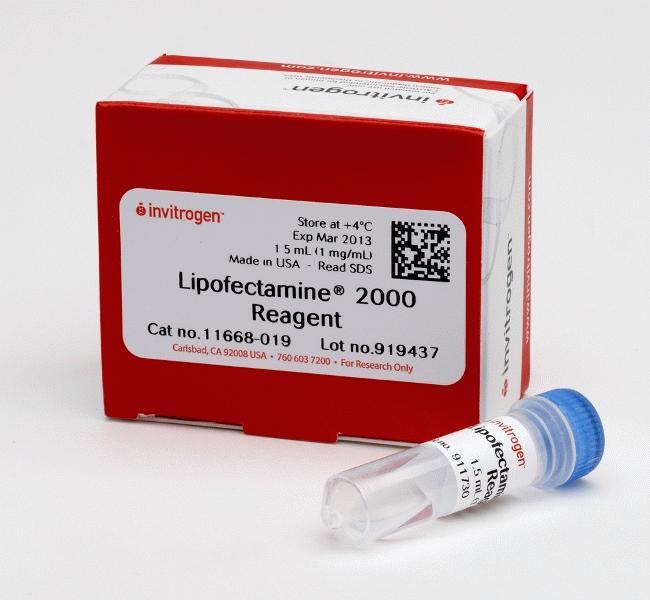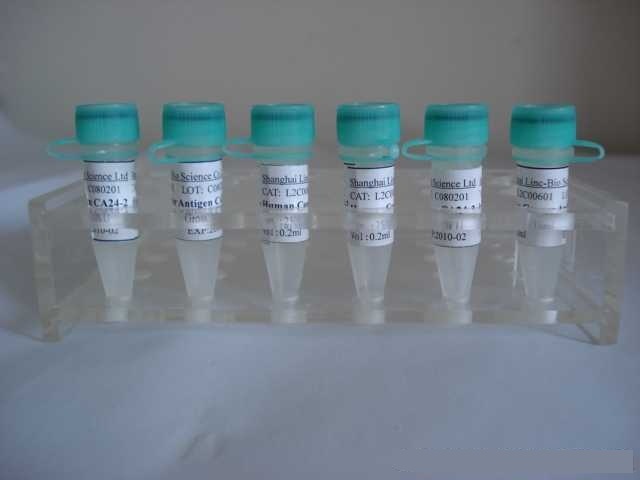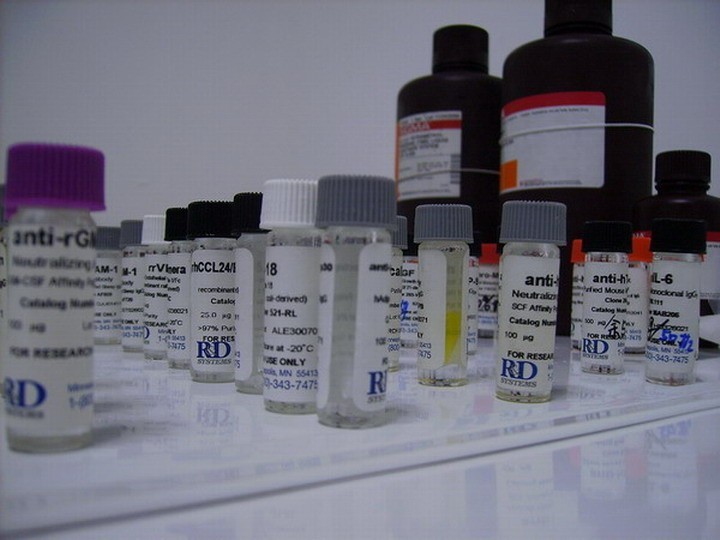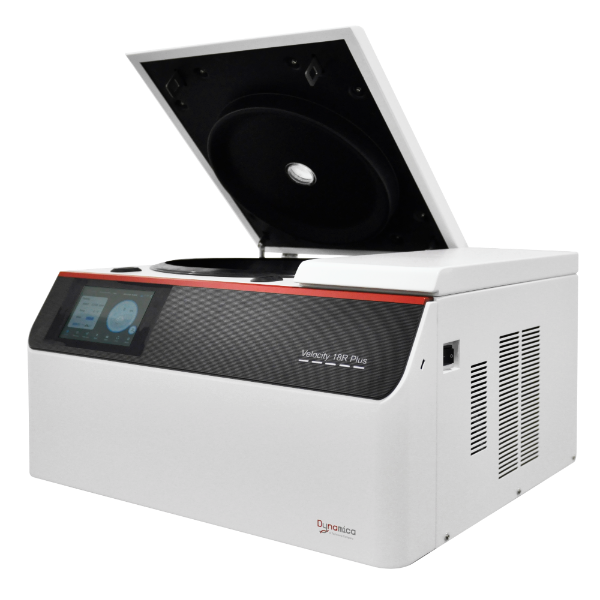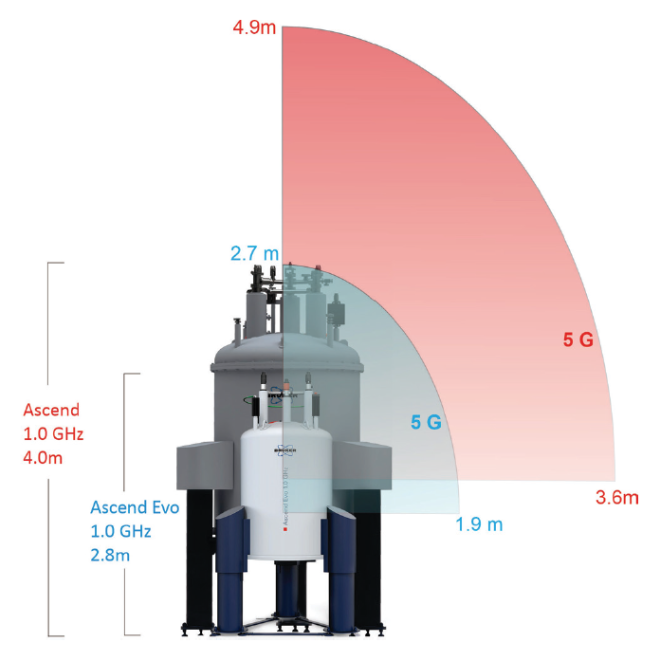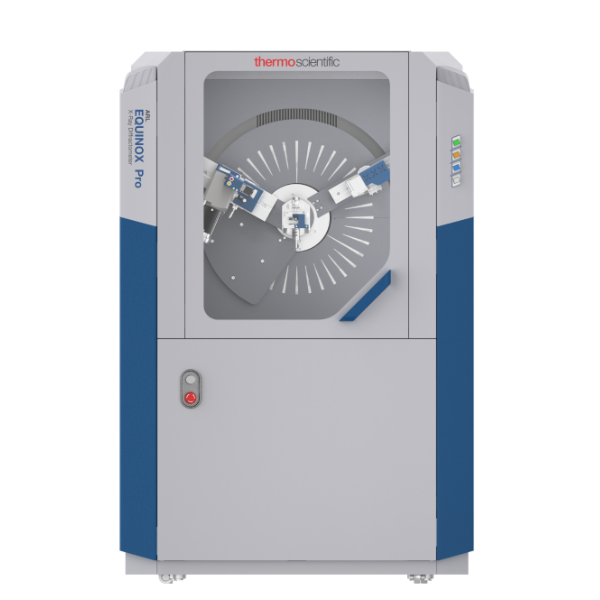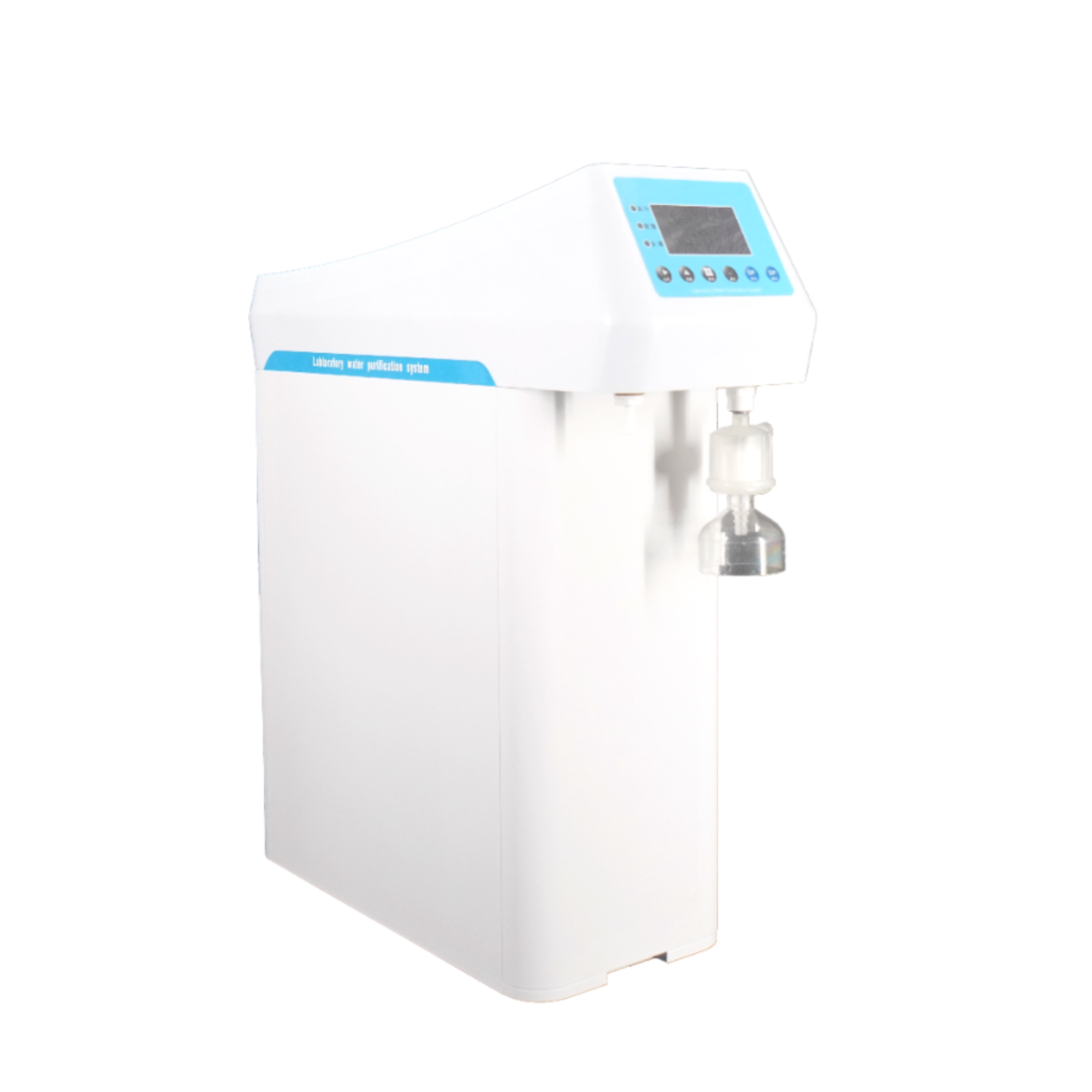英文名称 Anti-APBB2/FE65L1
中文名称 铁蛋白Fe65样蛋白1抗体
别 名 Amyloid beta (A4) precursor protein-binding, family B, member 2 (Fe65 like); Amyloid beta A4 precursor protein binding family B member 2; Amyloid beta A4 precursor protein-binding family B member 2; APBB 2; APBB2; APBB2_HUMAN; Fe65 like 1; Fe65 like; Fe65 like protein; FE65L 1; FE65L; FE65L1; Protein Fe65-like 1; Rirl 1; Rirl1; TR2 L; TR2L; Zfra; Zinc finger like protein.
浓 度 1mg/1ml
规 格 0.2ml/200μg
抗体来源 Rabbit
克隆类型 polyclonal
铁蛋白Fe65样蛋白1抗体交叉反应 Human, Mouse, Rat, Dog, Pig, Cow, Horse, Rabbit
产品类型 一抗
研究领域 细胞生物 神经生物学 信号转导 Alzheimer's
蛋白分子量 predicted molecular weight: 83kDa
性 状 Lyophilized or Liquid
免 疫 原 KLH conjugated synthetic peptide derived from human APBB2
亚 型 IgG
纯化方法 affinity purified by Protein A
储 存 液 Preservative: 15mM Sodium Azide, Constituents: 1% BSA, 0.01M PBS, pH 7.4
产品应用 WB=1:100-500 ELISA=1:500-1000 IHC-P=1:100-500 IHC-F=1:100-500 ICC=1:100-500 IF=1:100-500
(石蜡切片需做抗原修复)
not yet tested in other applications.
optimal dilutions/concentrations should be determined by the end user.
保存条件 Store at -20 °C for one year. Avoid repeated freeze/thaw cycles. The lyophilized antibody is stable at room temperature for at least one month and for greater than a year when kept at -20°C. When reconstituted in sterile pH 7.4 0.01M PBS or diluent of antibody the antibody is stable for at least two weeks at 2-4 °C.
Important Note This product as supplied is intended for research use only, not for use in human, therapeutic or diagnostic applications.
铁蛋白Fe65样蛋白1抗体产品介绍 Fe65L is a 758 amino acid protein that contains one WW domain and two PID domains. Binding to the intracellular domain of the ∫-Amyloid precursor protein, Fe65L is thought to modulate the internalization and, therefore, the accessibility and function of ∫-Amyloid. Via its ability to control the intracellular accumulation of ∫-Amyloid, Fe65L is thought to play a role in the pathogenesis of Alzheimer's disease. Multiple isoforms of Fe65L exist due to alternative splicing events. The gene encoding Fe65L maps to human chromosome 4, which encodes nearly 6% of the human genome and has the largest gene deserts (regions of the genome with no protein encoding genes) of all of the human chromosomes. Defects in some of the genes located on chromosome 4 are associated with Huntington's disease, Ellis-van Creveld syndrome, methylmalonic acidemia and polycystic kidney disease.
Function : May modulate the internalization of beta-amyloid precursor protein.
Subunit : Binds to the intracellular domain of the beta-amyloid precursor protein.
Similarity : Contains 2 PID domains.
Contains 1 WW domain.
Database links : UniProtKB/Swiss-Prot: Q92870.3
![]()



